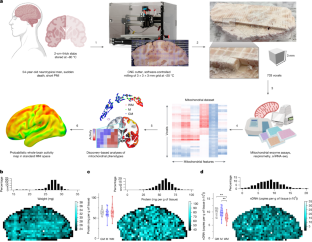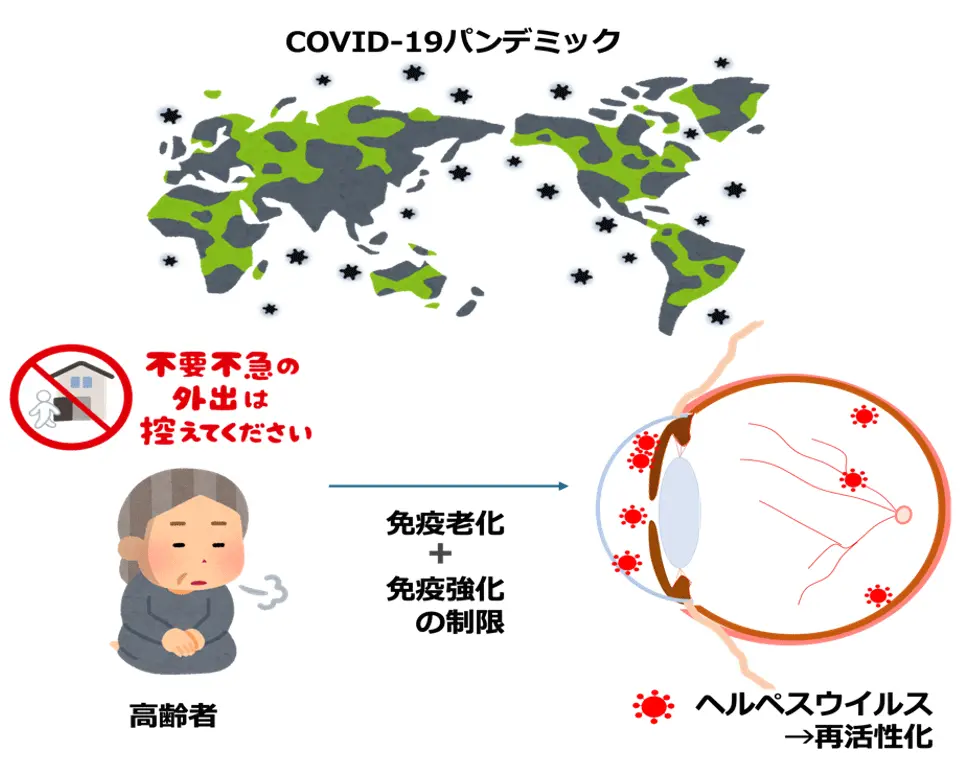2025-03-28 シカゴ大学
<関連情報>
- https://news.uchicago.edu/story/uchicago-study-traces-origin-flexible-joints-early-predator-fish
- https://journals.plos.org/plosbiology/article?id=10.1371/journal.pbio.3002990
顎のある魚の共通祖先には滑膜関節が存在したが、顎のない魚には欠けていた Synovial joints were present in the common ancestor of jawed fish but lacking in jawless fish
Neelima Sharma,Yara Haridy,Neil Shubin
PLOS Biology Published: February 25, 2025
DOI:https://doi.org/10.1371/journal.pbio.3002990
Abstract
Synovial joints, characterized by reciprocally congruent and lubricated articular surfaces separated by a cavity, can simultaneously provide mobility and load bearing. Here, we study the early evolution of synovial joints by examining the morphological, genetic, and molecular features required for the development and function of the joints in elasmobranchs and cyclostomes. We show the presence of cavitated and articulated joints in the skeleton of elasmobranchs, such as the little skate (Leucoraja erinacea) and bamboo shark (Chiloscyllium plagiosum). However, our results do not support the presence of articular cavities between cartilaginous elements in cyclostomes such as sea lampreys (Petromyozon marinus) and hagfish (Myxine glutinosa). Immunostaining reveals the expression of lubrication-related proteoglycans like aggrecan and glycoproteins such as hyaluronic acid receptor (CD44) at the articular surfaces in little skates. Analysis of joint development in little skate embryos shows the expression of growth differentiation factor-5 (Gdf5) and β-catenin at the joint interzones like tetrapods. Muscle paralysis in little skate embryos leads to joint fusion, suggesting that muscle activity is necessary for the formation of synovial cavity and development of normal articular surfaces, in a manner similar to zebrafish and tetrapods. Together, these data suggest that synovial joints originated in the common ancestor of extant gnathostomes. A review of fossils from the extinct clades along the gnathostome stem suggests that joints with reciprocally articulating surfaces arose in the dermal skeleton of the common ancestor of all jawed vertebrates. Synovial joints in cartilaginous tissue were a subsequent gnathostome innovation.


